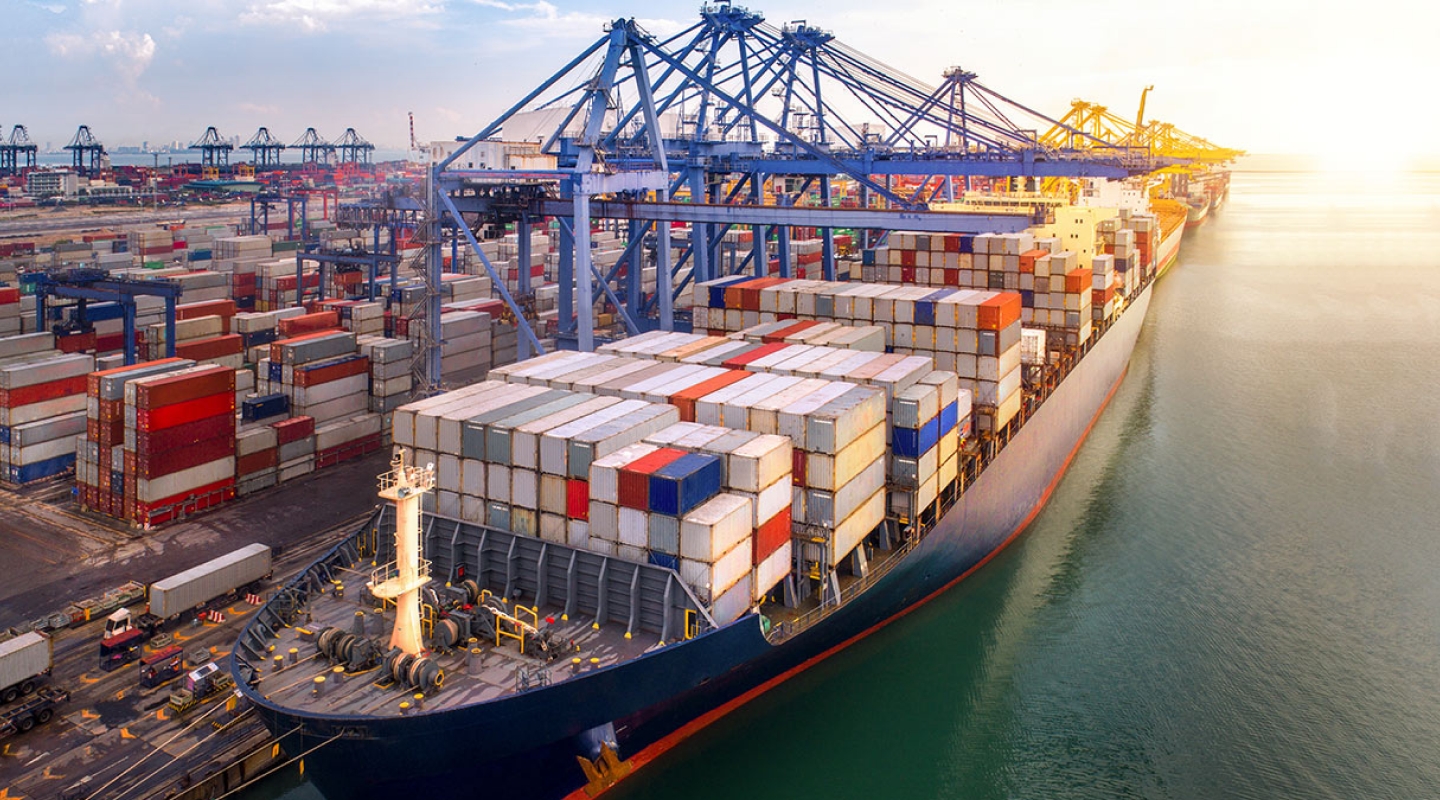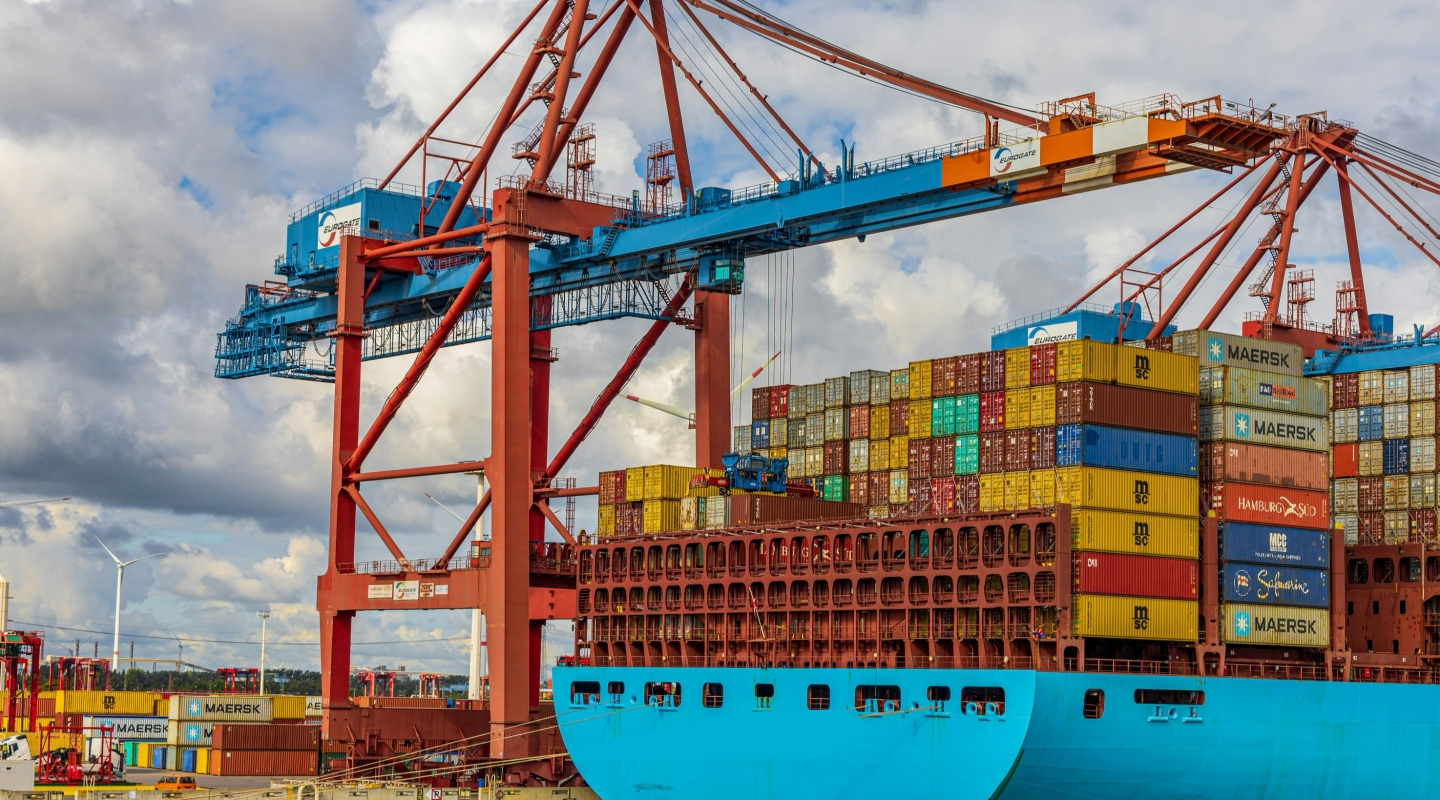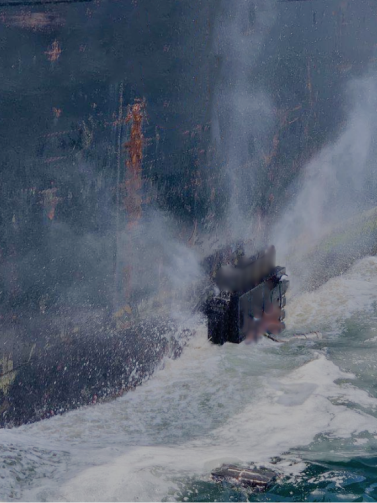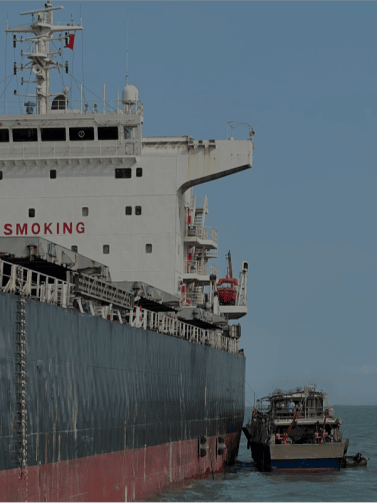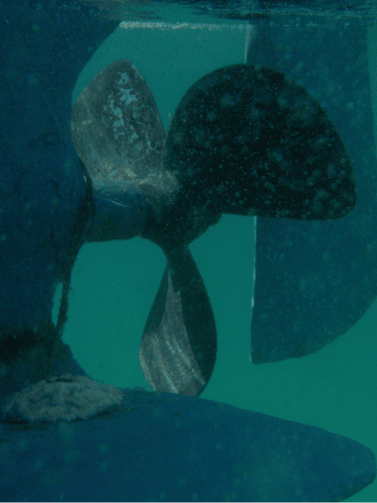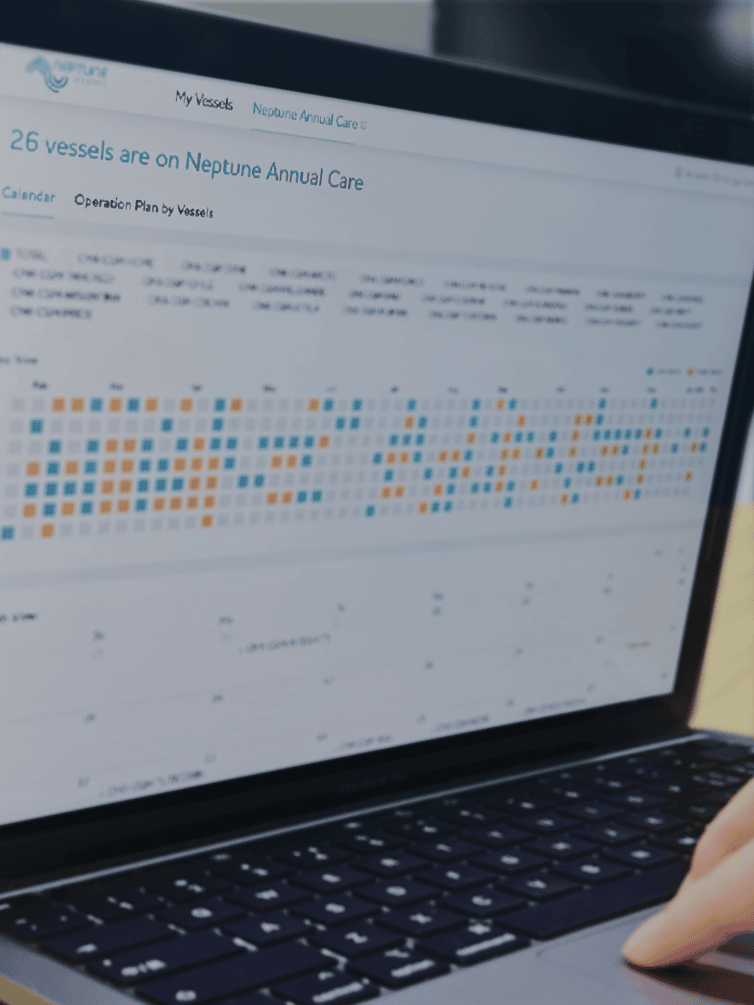It is estimated by professionals in the industry, if the current fleet undergoes no technical or management upgrades, carbon tax payments for Chinese vessels on European routes alone could reach 3.817 billion yuan by 2026.
Under the impetus of decarbonization regulations, the ship repair market has become a hot topic. Large shipyards are in high demand, with order schedules at shipyards extending to 3-5 years in the future. A report from Lloyd’s Register indicates that there may be a shortage of ship repair capacity in the future. At the same time, the complexity of ship retrofitting means that there is a very limited number of shipyards with the necessary capabilities. This suggests that many existing ships’ emission reduction retrofits will not be achievable in the next few years.
With high costs, the path to reducing emissions from ships remains long and challenging. Hapag-Lloyd had previously suspended plans to retrofit its fleet with LNG propulsion due to unexpected high retrofit costs. A report from UNCTAD suggests that the shipping industry will need to spend an additional $8 to $28 billion annually to achieve carbon reduction in shipping by 2050.
01-Crisis Lurking!
Idle ships may lead to new losses
Reducing vessel capacity in the shipping industry is happening in the backdrop of continuously falling freight rates and impending carbon taxes. The objective is to increase shipping prices and simultaneously reduce carbon-related losses. However, this also means that when idle vessels return to operation, poorly managed shipping companies will face higher costs, including fuel and carbon taxes.
Idle ships accumulate biofouling on their hulls at a faster rate, leading to increased hydrodynamic resistance and higher fuel consumption. Research indicates that ships with moderate biofouling attachment require 36% more fuel to achieve the same speed as when their hulls are clean.
This also directly leads to increased carbon emissions from ships. Data from IMO (International Maritime Organization) and Gofouling research shows that if a ship’s hull is covered with a thin layer of biofouling, such as barnacles or tube worms, carbon emissions can increase by up to 55%.
In the face of the forthcoming EU ETS carbon tax and the continuing depressed state of the market, these two data points represent significant capital expenditures for shipping companies.
02-An Immediately Effective and Efficient Solution
Significantly Reducing Operational Costs and Carbon Tax Risks
Ship retrofitting and idleness bring new financial and time costs, and slowing down ships is likely to result in economic losses for shipping companies. The shipping industry urgently needs a simple, efficient solution that can be implemented immediately to reduce operational costs and mitigate carbon tax risks.
Reducing hydrodynamic resistance through hull cleaning is a key approach. Hapag-Lloyd, for example, saved approximately 9% in fuel consumption by cleaning its fleet of 33 ships in 2019.
Reducing carbon emissions through hull cleaning has also received recognition from the International Maritime Organization (IMO) and is reflected in the Ship Energy Efficiency Management Plan (SEEMP) guidelines established in 2016 (Resolution MEPC.282(70)).
Neptune’s robot-based Cavitational Water Jet to protect Paint technology overcomes limitations related to water conditions, weather, and time. It operates around the clock in ports and anchorages in the northern, eastern, and southern regions of China, thoroughly removing hull biofouling and providing data and imagery of the hull before and after cleaning.
Currently, Neptune has serviced hundreds of large vessels, including container ships, bulk carriers, and oil tankers, saving millions of dollars in fuel costs for ship operators, including the world’s top five shipping companies, and has gained their recognition.”

